There are many interesting sites visible while rowing along the Clarence River. About 200 metres up river from the Grafton bridge, on the South Grafton river bank, lies the rusty hulk of the SS Induna.
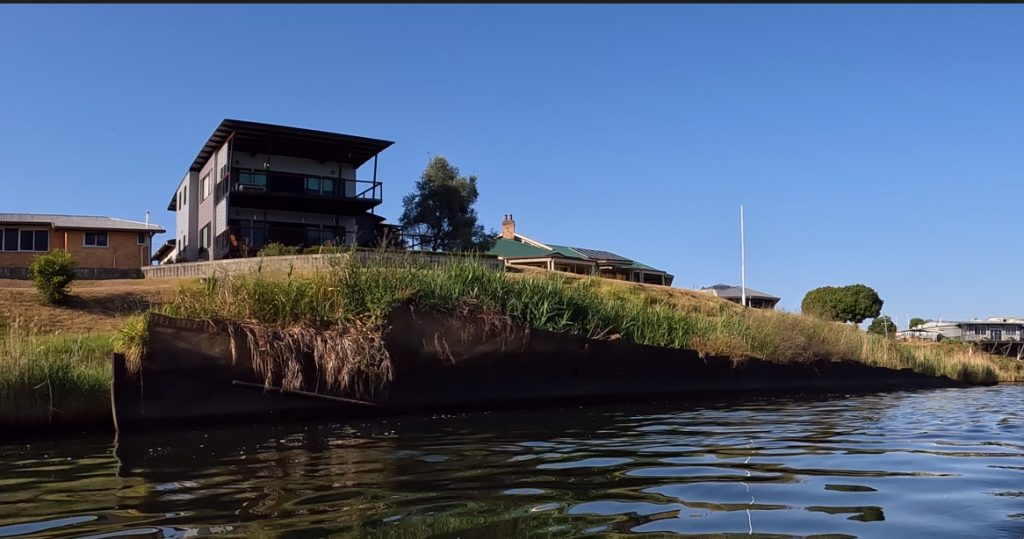
Built in 1891 by Hall, Russell & Co., of Aberdeen, Scotland, the SS Induna started life as a cargo and passenger ship between England and East Africa.
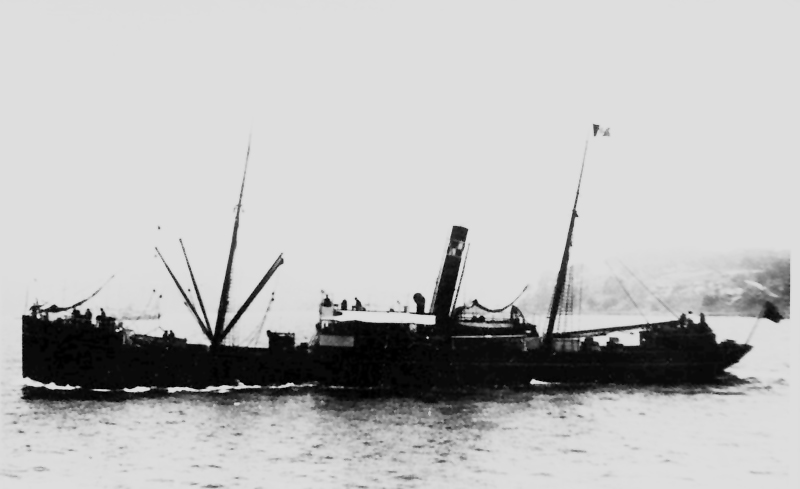
It was during this time that the Induna had her brush with fame when, in December 1899, she carried Sir Winston Churchill to Durban on the final stage of his escape from imprisonment in Pretoria by the Boers during the Boer War.
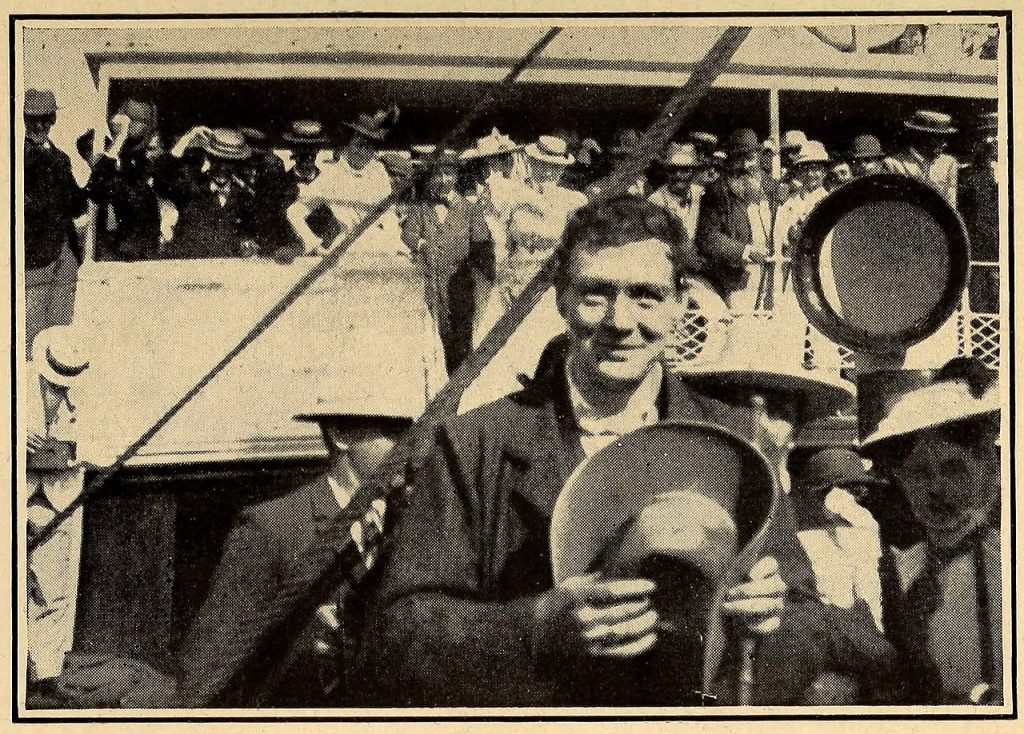
Winston Churchill Landing from the Steamer “Induna” at Durban
after his escape from the Boer Prison [wikisource.org]
From 1904, the Induna sailed in Australian waters and to the islands north of Australia, under the ownership of Burns, Philp & Co.
In March 1909, SS Induna successfully located and rescued the disabled SS Pilbarra, 80 miles north of New Caledonia, towing the stranded vessel to Port Vila.
In August 1914, the Induna was captured in the Marshall Islands by the German surface raider SMS Wolf. The Wolf took the Induna’s coal and left her interned for three months.
In 1925, the Induna was purchased by the Railway Commissioners for use as a train ferry on the Clarence River. Her superstructure was removed and alterations made to allow her to carry train carriages and locos across the Clarence River at Grafton, prior to the construction of the first Grafton Bridge.
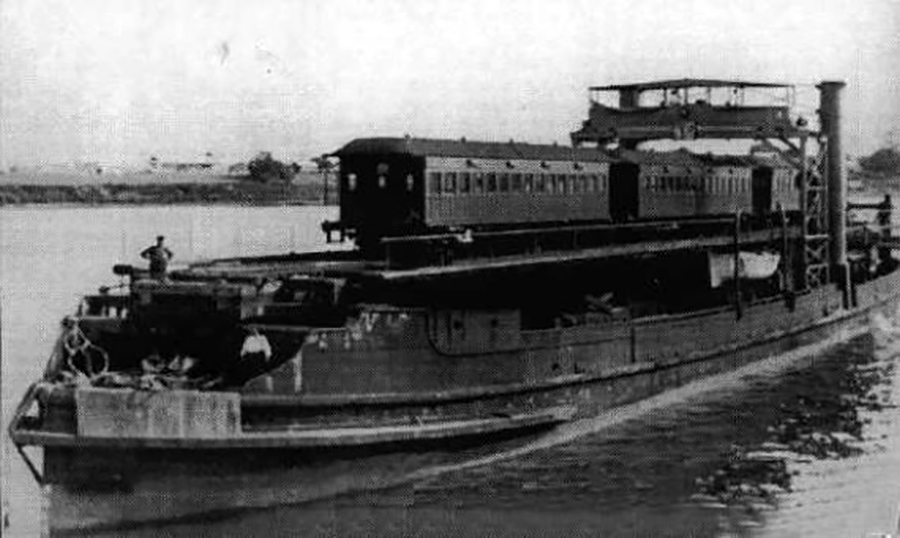
The Induna joined the Swallow, which was already in service, and the pair carried out this duty until the completion of the bridge in 1932. Induna was smaller than Swallow and only had a single track down the centre line of the rail deck whilst the Swallow had three sets of tracks – one down the centre and a set on each side (not all three could be used at once though – rail cars would be either on the centre track, or evenly spaced down both side tracks).

From “Bridges That Let Boats Through“
Following the opening of the bridge, the Swallow was used as a hulk in Sydney and scuttled in the Sydney Disposal Area in 1946. Induna, on the other hand, was tied up in her current location and initially was partially dismantled and used as a wharf.
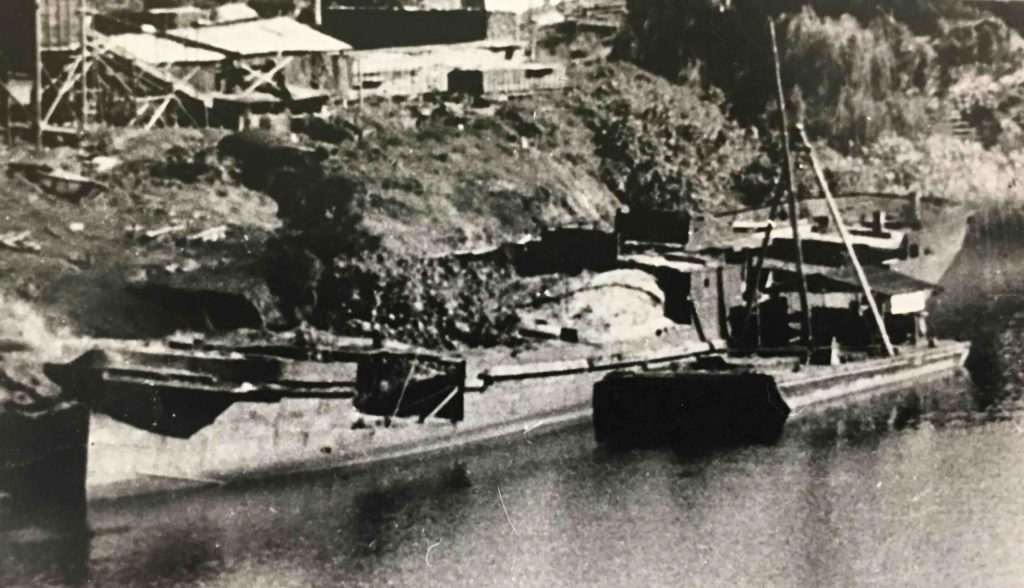
From “Revisiting ‘Induna’: The Ship That Carried Churchill into Fame“
Apparently the Induna’s newly registered owner, Mr J. N. Webber, did have plans for her, but it seems they did not come to fruition:
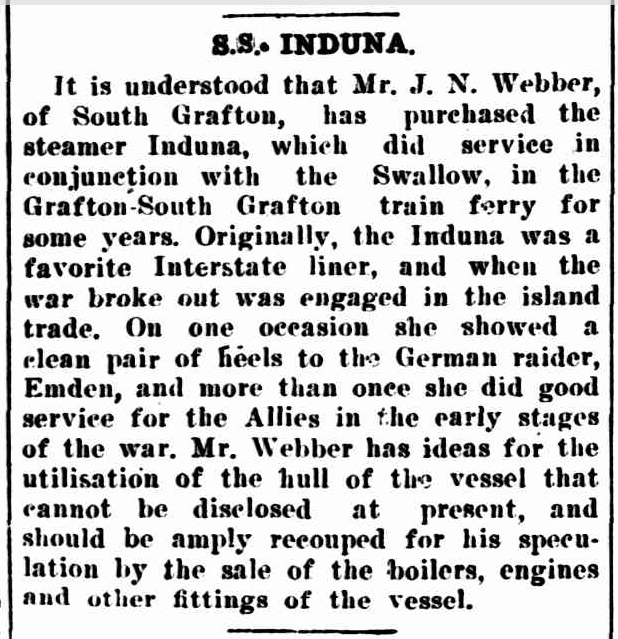
Daily Examiner, Saturday, August 6, 1932 (in Trove)
So the rusty remains of the Induna, now over 130 years old, still sit on the south bank of the river, clearly visible to those walking across the bridge and, of course, to rowers passing by…
